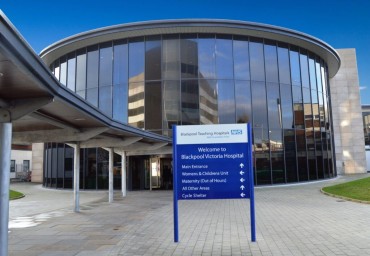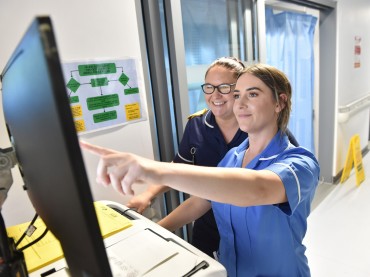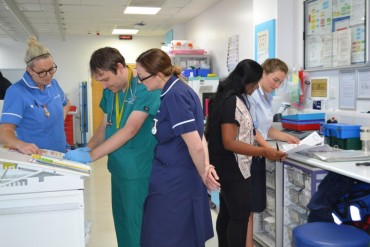What is an ECG?
An ECG or electrocardiogram is a test to look at the electrical activity of your heart. It’s quick and painless and is often needed before you have any operation or as part of a general health check.
How is an ECG done?
You don’t need to do anything special to prepare for the test. You can eat and drink as normal beforehand. Please avoid using body lotions or moisturisers on the day of the test.
The test involves attaching several small, sticky sensors called electrodes to your arms, legs and chest. These are connected by wires to an ECG recording machine You will be asked to remove all clothing impeding access to the correct chest electrode positions. Normally this will involve undressing above the waist.
Before you have an ECG, the cardiac physiologist may need to shave some of the hair from your chest so the electrodes can stick to your skin properly. If you are wearing a bra, you will be asked to remove it. Small, sticky patches (called electrodes) are put on your chest wrists and ankles.
These electrodes are connected to a number of leads which link up to the ECG machine. Once the leads have been attached to the electrodes you will be offered a cover to preserve your modesty. The physiologist should make every effort to ensure you are comfortable and relaxed to minimise artefact on the ECG recording.
You will need to lie as still as possible during the test as any sudden movements will make it hard to get a good quality recording. The test only takes a few minutes in total.



